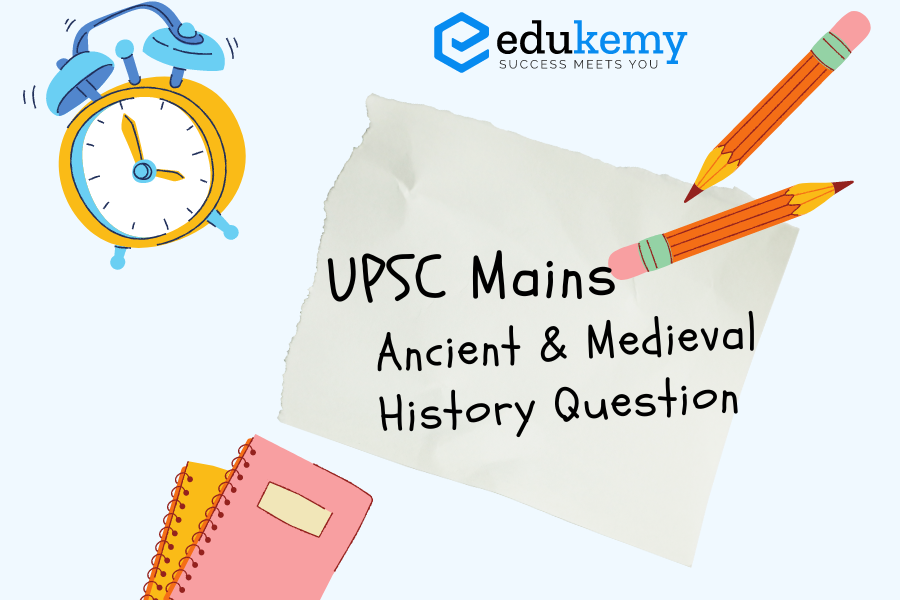
Contents
Introduction
The Sangam literature, a treasure trove of Tamil literary works from the Sangam era, not only celebrates the cultural and literary richness of South India but also emerges as a pivotal source for comprehending the region’s historical tapestry.
Body:
Sangam literature as a historical source:
- Cultural and Social Insights: Poems detailing daily life, including clothing, food, marriage customs, and rituals, offer a nuanced view of the societal fabric, enabling a profound understanding of South India’s history. Example: Poems describing culinary practices and marriage customs provide glimpses into daily life, such as the “kudumbam” system.
- Political Landscape: References to dynasties, rulers, and political structures contribute to reconstructing the political history of South India, unveiling tales of conflicts, alliances, and shifts in power. Example: The “Purananuru” poem mentioning Chola king Karikala illustrates the military prowess and strategic fortifications of the time.
- Geographical Knowledge: Descriptions of cities, landscapes, rivers, and trade routes serve as geographical markers, facilitating the mapping of historical geography and understanding of economic activities. Example: References to rivers like Vaigai and Tamiraparani, along with trade routes in texts like the “Periplus of the Erythraean Sea,” provide insights into South India’s geographical and maritime dimensions.
- Economic Activities: Insights into trade with foreign lands, agricultural practices, and economic transactions illuminate the economic vibrancy of South India during the Sangam era. Example: The “Akananuru” poem referencing the export of pearls, gold, and spices sheds light on the economic activities of the time.
- Religious and Philosophical Beliefs: References to deities, temples, religious practices, and philosophical ideas contribute to a deeper understanding of the spiritual and philosophical landscape of the era. Example: The “Silapathikaram” epic narrates moral values through the story of Kannagi, showcasing the intertwining of ethical values with historical narratives.
- Language and Script Development: The evolution of the Tamil language and script is intricately connected to Sangam literature, providing linguistic insights into the region’s historical written culture. Example: The “Tolkappiyam,” an ancient Tamil grammar text, reflects the linguistic evolution of the era.
Conclusion
In essence, Sangam literature emerges as a comprehensive historical source, offering a multifaceted view of South India’s history during the Sangam era. Through its vivid verses, it unravels the cultural, social, political, economic, religious, and linguistic facets, bridging the temporal gap and providing a profound appreciation of the vibrant society that thrived in ancient South India.
In case you still have your doubts, contact us on 9811333901.
For UPSC Prelims Resources, Click here
For Daily Updates and Study Material:
Join our Telegram Channel – Edukemy for IAS
- 1. Learn through Videos – here
- 2. Be Exam Ready by Practicing Daily MCQs – here
- 3. Daily Newsletter – Get all your Current Affairs Covered – here
- 4. Mains Answer Writing Practice – here


